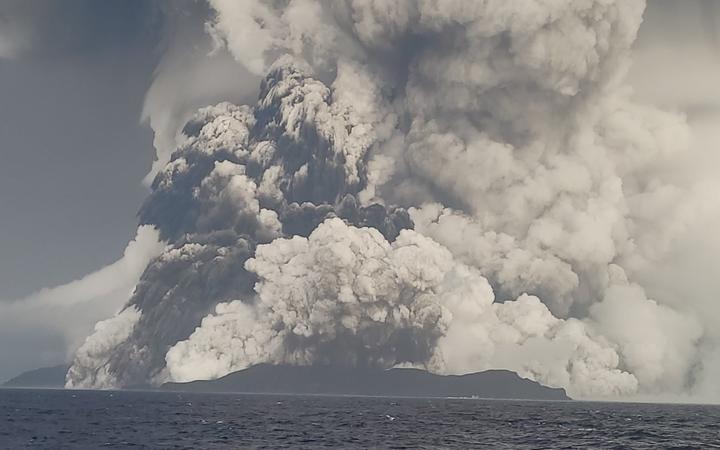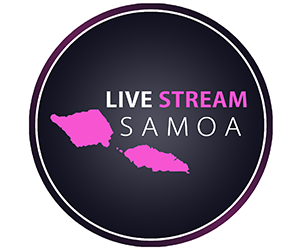Environment
TSUNAMI WATCH: NEOC Urges Public to Remain Alert

By Lagi Keresoma
APIA, SAMOA – 18 JANUARY 2022: The National Emergency Operations Centre (NEOC) is urging the public to remain alert as the Hunga Tonga-Hunga Ha’apai volcano that erupted last Saturday causing tsunami in Tonga with waves reaching Samoa, Fiji, Cook Islands and American Samoa. Explosions from the eruption were heard across the Pacific with several islands issuing tsunami warnings including in NSW, Australia.
The volcano is still active and experts predict there’s a possibility it could erupt again and may continue to cause powerful waves and surges that may reach Samoa’s shores.
The Assistant Chief Executive Officer (ACEO) of the Samoa Meteorology Division, Afaese Dr. Luteru Tuvale said how long an eruption is active is unpredictable.
“It could be 3 weeks, or months,” said Afaese.
“Despite the cancellation of the tsunami watch, the public is advised to stay alert and take extreme care especially those residing near the coastal areas, rivers and bridges because of the possibility of sea level changes,” he said.
He confirmed valid advisory’s being issued on strong winds, heavy rain that could cause flooding, marine advisory for all Samoa waters.
Impact of eruption on Samoan waters
NEOC Chairman, Agafili Shem Leo confirmed the impact of the eruption from the time it erupted which was heard by many people, to the tremors and strong surges witnessed by several villages in Savaii and Upolu.
By the time the first call for assistance was received, the NEOC deployment teams under the guidance of the Fire & Emergency Services Authority (FESA) Commissioner Tanuvasa Pitone Mauga and police were already on stand-by.
Deployment teams were sent to Satupaitea and Vaito’omuli villages in Savaii, Safata, Aleipata, Falealili, Manono and Mulifanua in Upolu.
The deployment teams also include village mayors and Government representatives who are the focal points of contact and the reports they lodge are considered official.
Tanuvasa reported that although the sea had reached the main roads, there were no casualties and no houses were destroyed and only debris brought in by the rising seas.
“By the time the team reached Satupa’itea and Vaito’omuli, people have already evacuated to higher areas,” he said.

Volcanic ash blanketing Tonga’s main island as caught on camera last Friday by Tonga Geological Services
Important to know level of notices
Agafili clarified the different level of notices issued when it comes to tsunamis.
Level One was a tsunami advisory only for public information.
Level Two was the tsunami watch for people to stay alert and be prepared.
Level Three Notice is a tsunami warning and that is only issued when a tsunami is actually happening.
“That is when sirens and bells are rung to warn people to leave the area and proceed to shelters already prepared,” said Agafili.
Understanding the levels of advices issued can help avoid panic and confusion.
He also urged the public that such disaster is not a circumstance for taking photos, but priority should be given to their safety. These notices and warnings should also be heeded by fishermen.
Tonga Communications cut with the outside world
Meanwhile, Tonga’s communication with the world has been cut since Saturday evening as the main submarine cable is suspected to have been ruptured by the eruption. It may take at least two weeks to restore communications.
The main island Tongatapu has been blanketed by ash and will impact on agriculture and food and water supplies.
For Samoa, Afaese has assured the public that given the distance between Samoa and Tonga, there is less chance of the volcanic ash reaching Samoa.
“The volcanic ash is a combination of particles that are heavy which the wind cannot carry far, but considering the strong winds during the eruption, the impact of the ashes were on Fiji,” said Afaese.
NEOC continues to monitor the situation in Tonga and will update the public with any changes.
NEOC Chairman, Agafili Shem Leo, FESA’s Tanuvasa Petone and the Assistant Chief Executive Officer (ACEO) of the Samoa Meteorology Division, Afaese Dr. Luteru Tuvale


















